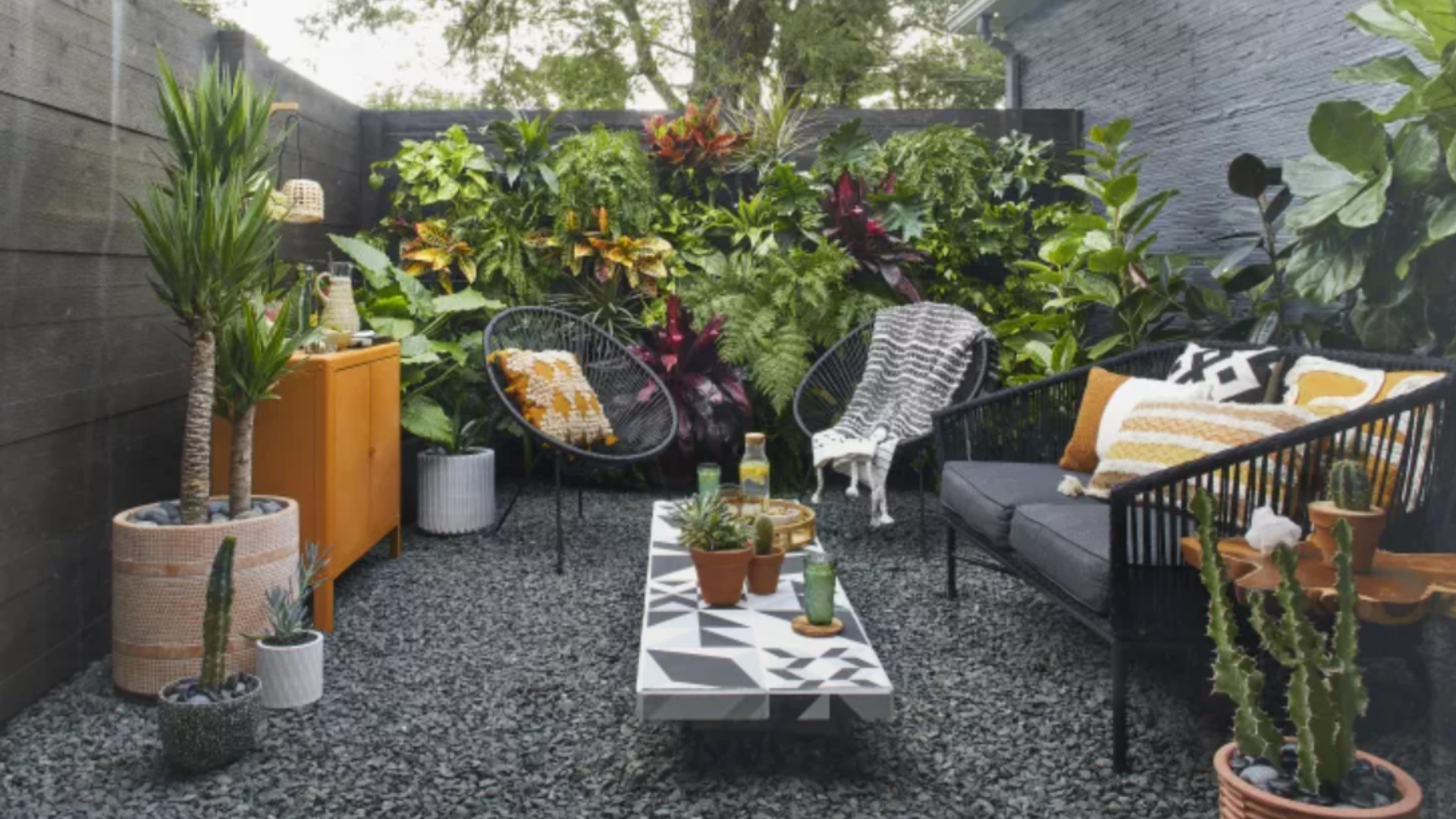As cities become more crowded and vertical living continues to rise, urban dwellers are looking upward for new green space opportunities. Rooftop landscaping, once a niche concept, is rapidly transforming into a mainstream lifestyle feature. In 2025, the trend is not just about adding plants to the top of buildings—it’s about creating sustainable, multifunctional retreats that seamlessly blend nature with modern urban living.
One of the most exciting directions in rooftop landscaping this year is the rise of multi-use garden terraces. These spaces are no longer limited to ornamental flower beds or occasional seating. Instead, rooftops are being transformed into extensions of indoor living—featuring outdoor kitchens, dining areas, lounges, and even small office zones. The goal is to create an environment that serves both relaxation and productivity, all while surrounded by greenery.

Sustainability is at the heart of rooftop landscaping in 2025. Designers are focusing on eco-conscious choices, such as native plant selections that require less water and maintenance, and incorporating recycled or reclaimed materials into the structures and furnishings. Water conservation is a top priority, with integrated rainwater harvesting systems and drip irrigation becoming standard in many rooftop installations. Additionally, solar-powered lighting and vertical wind turbines are being added to reduce environmental impact while enhancing usability.
Edible gardens continue to grow in popularity, particularly in urban settings where space for traditional gardening is limited. Rooftop landscapes are increasingly being used to grow herbs, vegetables, and fruit-bearing plants, turning what would otherwise be a simple green space into a productive garden. These edible installations not only provide fresh produce but also promote sustainability and local food sourcing—trends that are increasingly important to environmentally conscious homeowners.
Another defining trend is the use of modular and movable elements. As rooftop spaces need to be adaptable for different weather conditions and uses, furniture, planters, and shade systems are being designed with flexibility in mind. Foldable tables, retractable awnings, and stackable seating make it easy to shift the layout based on the time of day or event. This modular approach ensures that the rooftop remains functional year-round, regardless of climate or occasion.
Technology is also making its mark in rooftop landscaping. Smart irrigation systems, automated lighting schedules, and app-controlled climate monitoring tools are being integrated into rooftop gardens to make maintenance more manageable and efficient. These systems allow users to monitor soil moisture, sunlight exposure, and temperature remotely, ensuring optimal plant health without constant hands-on care.
Aesthetic trends are leaning toward natural minimalism. Instead of overly ornate garden designs, many rooftop landscapes are embracing clean lines, neutral tones, and an emphasis on texture over color. Natural wood, stone, and matte metal finishes dominate the palette, creating a calm and elegant ambiance. At the same time, designers are adding pops of personality through sculptural planters, artistic lighting fixtures, and water features that serve as visual focal points.
Privacy is another important consideration in 2025 rooftop design. With city life often being densely packed, people want to enjoy their rooftops without feeling exposed. Creative screening solutions—such as living walls, pergolas draped in vines, and slatted wooden dividers—help block unwanted views while adding style and intimacy. These elements contribute to a more secluded and peaceful environment where people can unwind or entertain without interruption.
As climate change and mental health awareness continue to influence how people shape their environments, rooftop landscaping is increasingly viewed not just as a design luxury, but as a necessity for healthier urban living. Green rooftops help reduce the urban heat island effect, filter air pollutants, and even contribute to noise reduction. At the same time, they offer a natural refuge from the concrete-heavy surroundings of modern cities—a space where residents can reconnect with nature and recharge.
In 2025, rooftop landscaping is about more than just beauty. It’s about functionality, sustainability, and a deeper sense of well-being. As more people recognize the value of turning their rooftops into vibrant, life-enhancing sanctuaries, we can expect cities to become greener—one building at a time.






